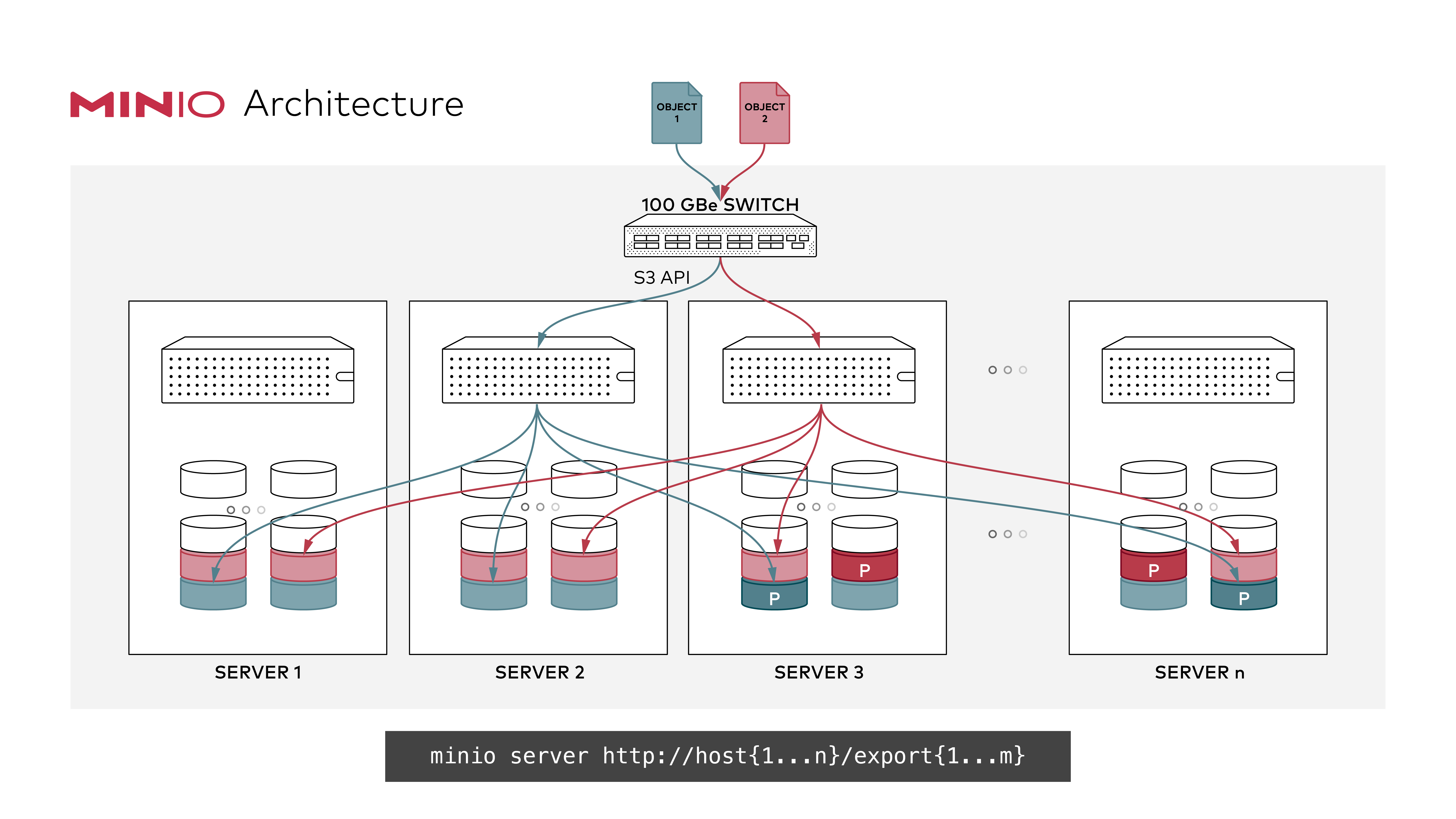- Sort Score
- Result 10 results
- Languages All
Results 161 - 170 of 186 for picture (0.1 sec)
-
tests/test_tutorial/test_sql_databases/test_tutorial001.py
# Clear the tables in the metadata for the default base model SQLModel.metadata.clear() # Clear the Models associated with the registry, to avoid warnings default_registry.dispose() @pytest.fixture( name="client", params=[ "tutorial001", pytest.param("tutorial001_py39", marks=needs_py39), pytest.param("tutorial001_py310", marks=needs_py310), "tutorial001_an",Registered: Sun Nov 03 07:19:11 UTC 2024 - Last Modified: Wed Oct 09 19:44:42 UTC 2024 - 14.8K bytes - Viewed (0) -
docs/pt/docs/tutorial/body-multiple-params.md
# Corpo - Múltiplos parâmetros Agora que nós vimos como usar `Path` e `Query`, veremos usos mais avançados de declarações no corpo da requisição. ## Misture `Path`, `Query` e parâmetros de corpo Primeiro, é claro, você pode misturar `Path`, `Query` e declarações de parâmetro no corpo da requisição livremente e o **FastAPI** saberá o que fazer. E você também pode declarar parâmetros de corpo como opcionais, definindo o valor padrão com `None`:
Registered: Sun Nov 03 07:19:11 UTC 2024 - Last Modified: Sun Oct 06 20:36:54 UTC 2024 - 6K bytes - Viewed (0) -
tests/test_tutorial/test_security/test_tutorial005_py310.py
import pytest from dirty_equals import IsDict, IsOneOf from fastapi.testclient import TestClient from ...utils import needs_py310 @pytest.fixture(name="client") def get_client(): from docs_src.security.tutorial005_py310 import app client = TestClient(app) return client def get_access_token( *, username="johndoe", password="secret", scope=None, client: TestClient ):
Registered: Sun Nov 03 07:19:11 UTC 2024 - Last Modified: Wed Mar 13 19:07:10 UTC 2024 - 16.3K bytes - Viewed (0) -
tests/test_tutorial/test_security/test_tutorial005_py39.py
import pytest from dirty_equals import IsDict, IsOneOf from fastapi.testclient import TestClient from ...utils import needs_py39 @pytest.fixture(name="client") def get_client(): from docs_src.security.tutorial005_py39 import app client = TestClient(app) return client def get_access_token( *, username="johndoe", password="secret", scope=None, client: TestClient ):
Registered: Sun Nov 03 07:19:11 UTC 2024 - Last Modified: Wed Mar 13 19:07:10 UTC 2024 - 16.3K bytes - Viewed (0) -
docs/distributed/README.md
- Running Distributed MinIO on **Windows** operating system is considered **experimental**. Please proceed with caution. Example 1: Start distributed MinIO instance on n nodes with m drives each mounted at `/export1` to `/exportm` (pictured below), by running this command on all the n nodes: 
Registered: Sun Nov 03 19:28:11 UTC 2024 - Last Modified: Thu Jan 18 07:03:17 UTC 2024 - 8.8K bytes - Viewed (0) -
guava/src/com/google/common/util/concurrent/SmoothRateLimiter.java
* </blockquote> * <li>The time to go from maxPermits to thresholdPermits is equal to the integral of the * function between thresholdPermits and maxPermits. This is the area of the pictured * trapezoid, and it is equal to 0.5 * (stableInterval + coldInterval) * (maxPermits - * thresholdPermits). It is also equal to warmupPeriod, so * <blockquote>
Registered: Fri Nov 01 12:43:10 UTC 2024 - Last Modified: Tue Apr 04 09:45:04 UTC 2023 - 19.3K bytes - Viewed (0) -
tests/test_tutorial/test_body/test_tutorial001.py
from unittest.mock import patch import pytest from dirty_equals import IsDict from fastapi.testclient import TestClient @pytest.fixture def client(): from docs_src.body.tutorial001 import app client = TestClient(app) return client def test_body_float(client: TestClient): response = client.post("/items/", json={"name": "Foo", "price": 50.5}) assert response.status_code == 200
Registered: Sun Nov 03 07:19:11 UTC 2024 - Last Modified: Thu Apr 18 19:40:57 UTC 2024 - 14.7K bytes - Viewed (0) -
tests/test_tutorial/test_body/test_tutorial001_py310.py
from unittest.mock import patch import pytest from dirty_equals import IsDict from fastapi.testclient import TestClient from ...utils import needs_py310 @pytest.fixture def client(): from docs_src.body.tutorial001_py310 import app client = TestClient(app) return client @needs_py310 def test_body_float(client: TestClient): response = client.post("/items/", json={"name": "Foo", "price": 50.5})
Registered: Sun Nov 03 07:19:11 UTC 2024 - Last Modified: Thu Apr 18 19:40:57 UTC 2024 - 15K bytes - Viewed (1) -
tests/test_tutorial/test_security/test_tutorial005_an_py310.py
import pytest from dirty_equals import IsDict, IsOneOf from fastapi.testclient import TestClient from ...utils import needs_py310 @pytest.fixture(name="client") def get_client(): from docs_src.security.tutorial005_an_py310 import app client = TestClient(app) return client def get_access_token( *, username="johndoe", password="secret", scope=None, client: TestClient ):
Registered: Sun Nov 03 07:19:11 UTC 2024 - Last Modified: Wed Mar 13 19:07:10 UTC 2024 - 16.3K bytes - Viewed (0) -
tests/test_tutorial/test_sql_databases/test_tutorial002.py
# Clear the tables in the metadata for the default base model SQLModel.metadata.clear() # Clear the Models associated with the registry, to avoid warnings default_registry.dispose() @pytest.fixture( name="client", params=[ "tutorial002", pytest.param("tutorial002_py39", marks=needs_py39), pytest.param("tutorial002_py310", marks=needs_py310), "tutorial002_an",Registered: Sun Nov 03 07:19:11 UTC 2024 - Last Modified: Wed Oct 09 19:44:42 UTC 2024 - 19.9K bytes - Viewed (0)